Nestled in the heart of the Noto Peninsula, in Ishikawa Prefecture, lies the charming fishing town of Ushitsu, home to one of Japan’s most exhilarating festivals: Abare Matsuri. At the heart of this vibrant celebration are the iconic Kiriko lantern floats, typical of the Noto peninsula’s festivals, which take center stage as they illuminate the streets and captivate spectators with their mesmerising glow.

During friday morning, a communal spirit awakens the town. Neighbours unite, their hands working in harmony to assemble the Kiriko lanterns. At the same time, the local Shinto priest embarks on a sacred journey. From one Kiriko to the next, blessings are bestowed, infusing each with spiritual significance and preparing them for the procession that lies ahead.

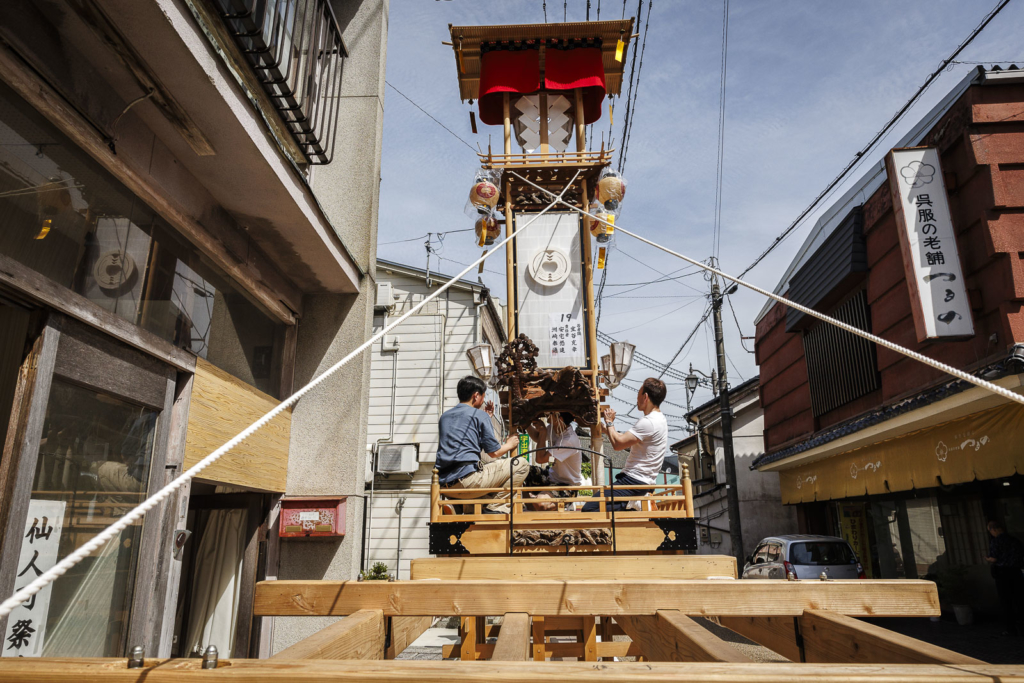

On the afternoon, with the heavy Kiriko floats now ready, the procession begins, winding through the streets, a moving mass of culture and camaraderie. Laughter and chatter fill the air, rekindling old friendships and forging new ones. The town’s elders emerge from their homes, as they watch the vibrant parade unfold before them.





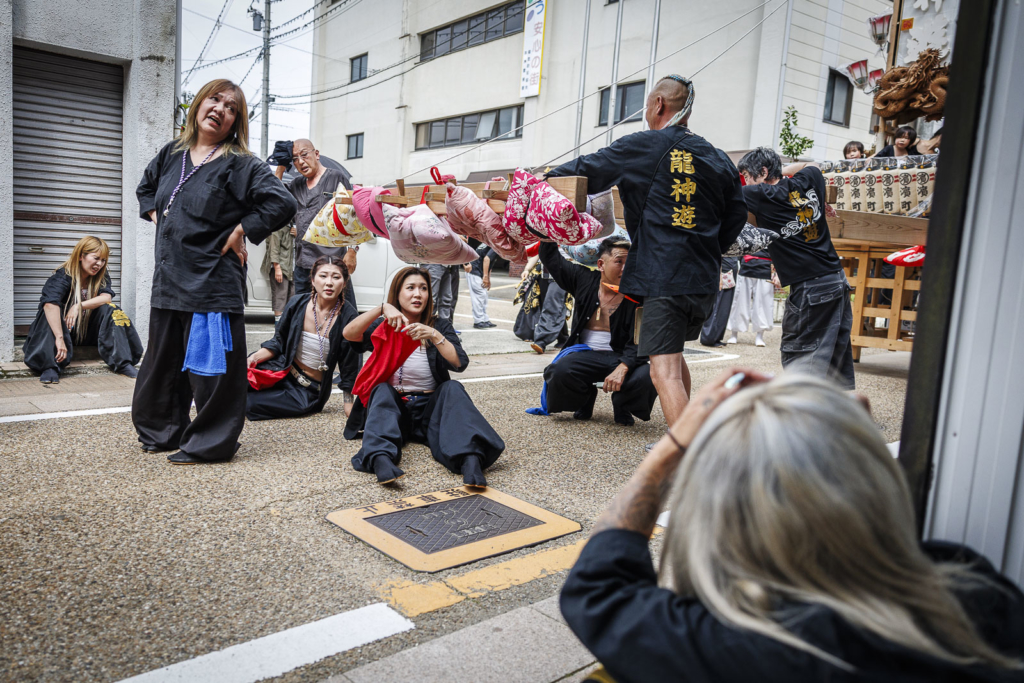


The true essence of the festival reveals itself under nightfall. Massive bonfires erupt into the sky, casting a golden hue over the faces of the carriers. They navigate the Kiriko through the labyrinth of fire, their silhouettes dancing against the light. The air fills with the happy melodies of flutes and the thunderous beats of taiko drums, punctuated by the carriers’ spirited shouts.
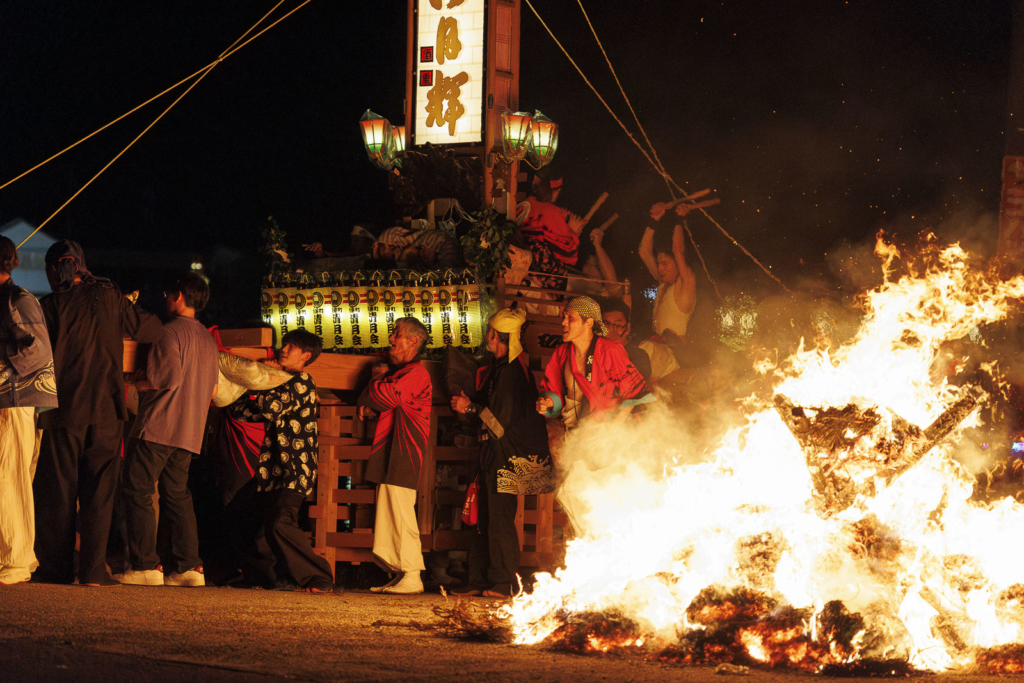
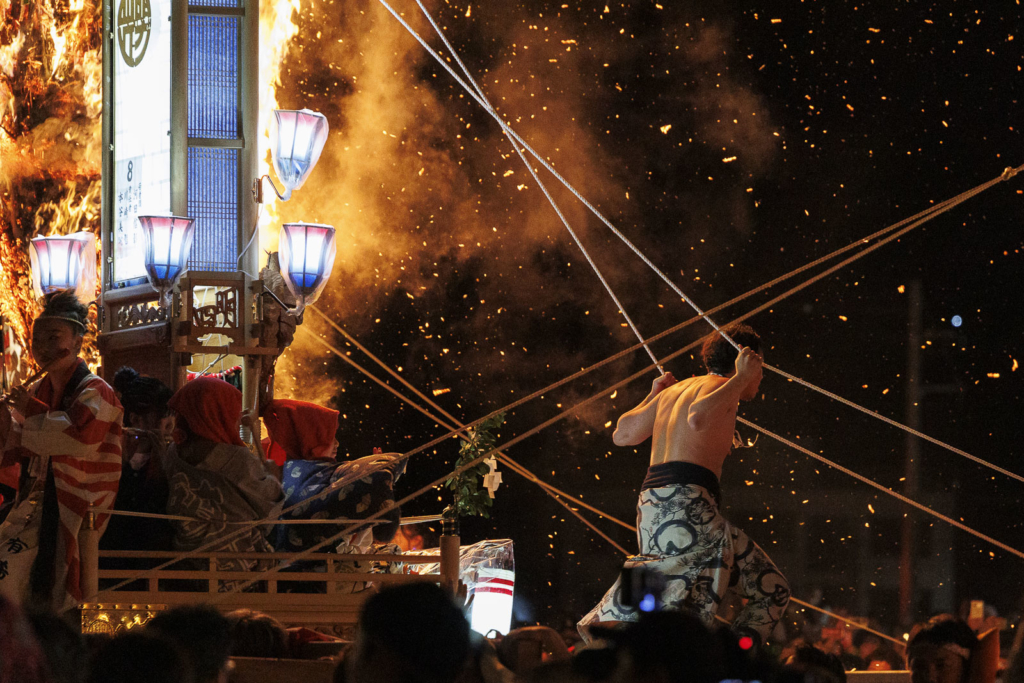



But what sets Abare Matsuri apart is its daring and unconventional approach to festival traditions. The name itself, which roughly translates to “festival of violence,” may seem unsettling at first, but the events of the second day unveil the raw intensity behind it. Mikoshi, the portable shrines typically paraded with reverence in Japanese festivals, are subjected to a series of seemingly brutal rituals. They are set ablaze, their wooden frames scorched by flames, before being battered and scraped against the unforgiving ground. As if that weren’t enough, they are doused in water and sake, hurled into the river, and showered with embers from blazing fires above.

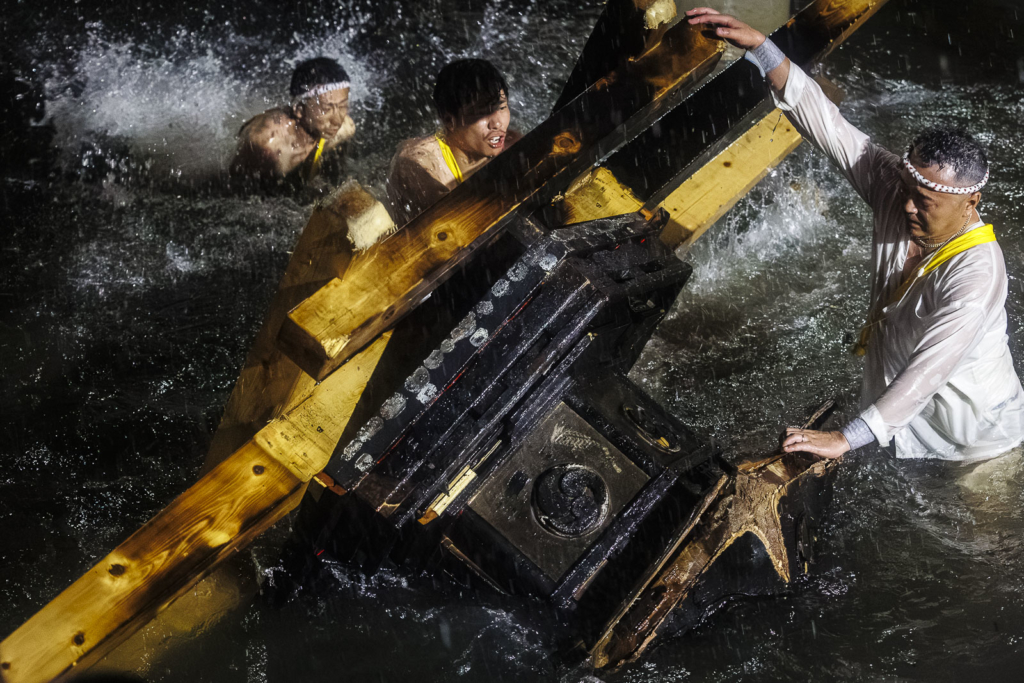
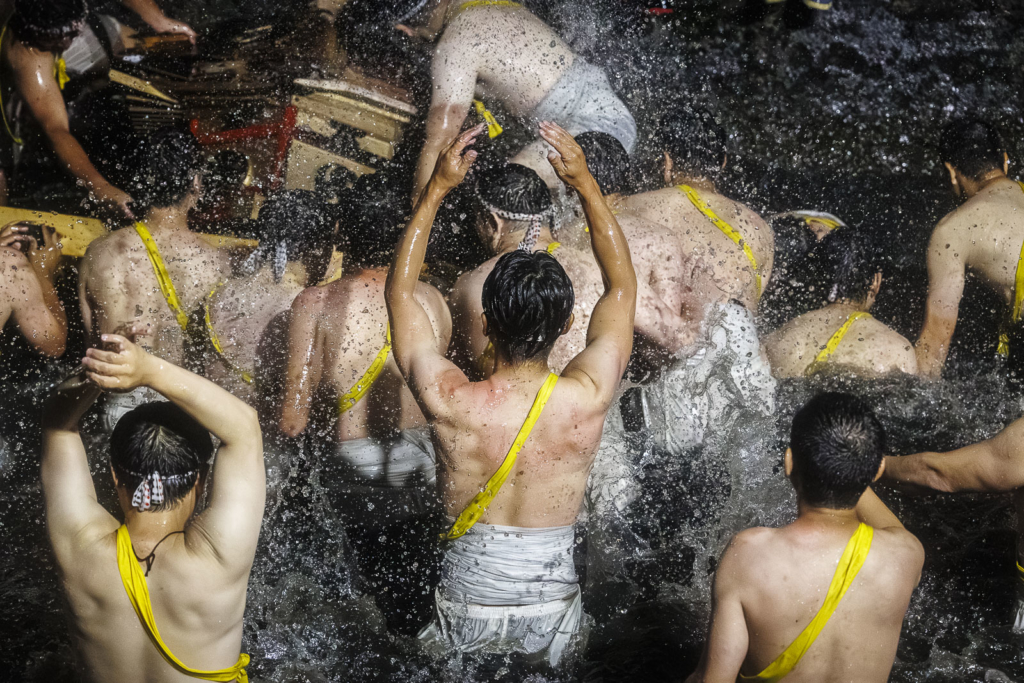


As the night wanes, the porters’ cries grow hoarse, their bodies weary from the relentless ceremony. Yet, their spirits never falter. This festival is not just a display of physical might; it is a celebration of resilience, a communal dance with the primal elements of fire and water.

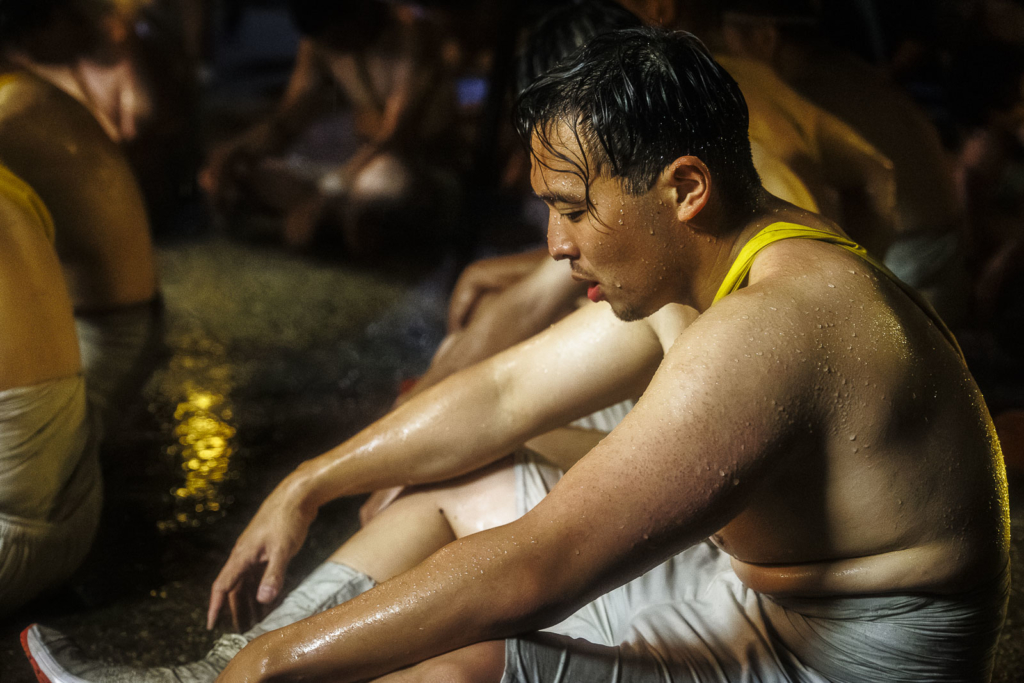
Abare Matsuri is a visual feast, a story of a community’s unyielding passion, and a reminder that in the heart of Japan, the ancient spirit of celebration burns as brightly as ever.

